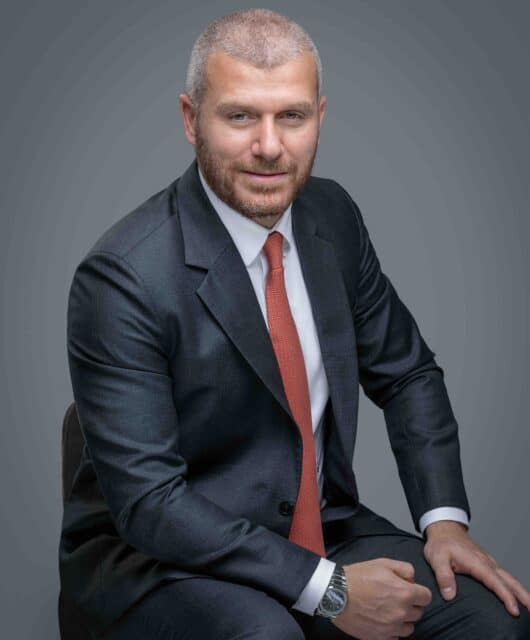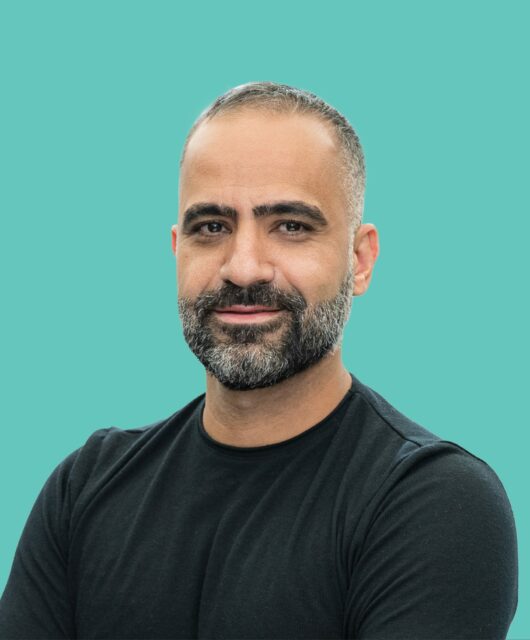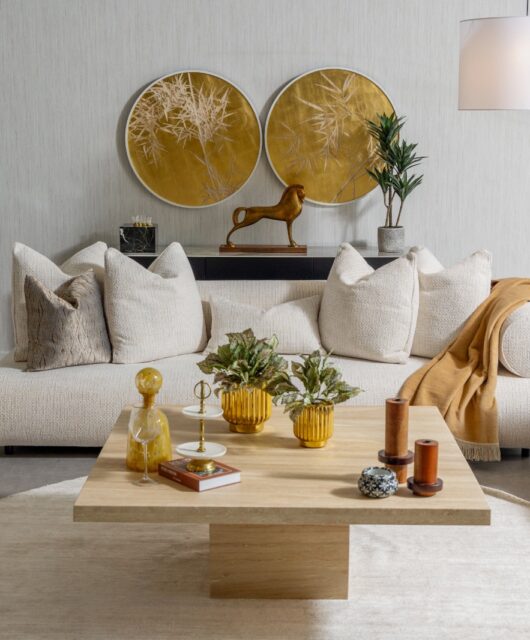Components of sustainability
 Sotiris Tsoulos, design director at RMJM Dubai, discusses how sustainability means striking equilibrium between city, developer, and user
Sotiris Tsoulos, design director at RMJM Dubai, discusses how sustainability means striking equilibrium between city, developer, and user
What’s your new role at RMJM?
After having served RMJM Istanbul as the managing partner for six years, I joined RMJM Dubai as a lead design director in the beginning of 2018. It’s a great opportunity for me.
What do you feel about the architecture of this region in comparison to the other places you have worked before?
I have lived and worked in many diverse places, Scotland, Austria, Malaysia, Turkey, and Greece and in all these environments responding to existing context was on top of the list. It is apparent here that designs primarily aim to create a new context, with outstanding ‘new’ features or imported gimmicks to attract new users. Typically, the attraction to gimmicks is short term. What people are really looking for are humane environments that they can simply live in and enjoy, and it is much simpler than we think. A well-designed neighbourhood with its central square, small retail, and a café or two, immediately creates an intimacy that in most cases is far more valuable than a vast park or lake that no one will use but the developer will have to sustain.
What is sustainability for you?
Sustainable in my mind is not only anything related to energy consumption but the entire view of architecture as a creation of living spaces. For RMJM, sustainable design is the planning that creates equilibrium between the three affected parties; the city and the effects of the design on it, the developer and the benefits within their time frame and budget and the enduser, the human and their interaction with the built environment as well as their interaction with society.
How do you work in a sustainable way? Explain.
For a sustainable project all three components—city, developer, and enduser have to be treated as beneficiaries in a balanced “deal” that allows the new creation to be sustainable long after its completion. The city needs to receive a design that enhances and re-stitches the urban fabric where that exists or creates new where it doesn’t. We see so many examples around the world of parts of the cities being numbed from out-of-scale developments that ignore the routes, the climate, the lifestyle or even simply the existing city grid and scale in order to create a new mega-development. The developer needs a buildable project that understands his business plan, addresses his vision, and adds value to the dedicated effort. Value that surprises the investor, that allows it to sell faster, and is more efficient, an added value that gets the local authorities on board and saves months of permits and objections, or creates an aura of success that makes the consumer ready to invest. The user is the resident, the consumer, the F&B visitor, the neighbour, the pass-by driver, the citizen, etc.. The user needs to always feel that they are not excluded, that this addition to their living environment will make their and their children’s lives better.
What will be the most important factors influencing the future of architecture?
Economy is the main factor influencing the future of life and of course architecture. I believe that architecture is trying to re-invent itself right now and I think it is the period that we are living in that we will see prefabrication and digitalisation overtaking design and build tactics on the large scale while at the same time we are going to keep enjoying haute couture, affordable design for the smaller scale projects. Energy, of course, will also be a defining factor and I am certain that legislation will eventually push all design towards ecological sustainability and zero emission.
What are you working on now?
I am working on three different masterplans in three different continents, they are all completely diverse in function, brief, and size between them, but all three of them will be answered based on the same principle: equilibrium between the city, the developer, and the user.








